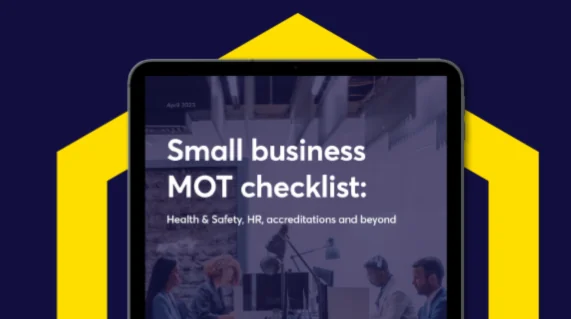Fire safety regulations exist for commercial buildings to make sure everyone in the building stays safe and the property itself is protected. Adhering to these regulations is really important for business owners or building owners to minimise the risk of fire-related incidents and their potentially devastating consequences.
In this article, we’ll be exploring the essential aspects of the fire safety regulations for commercial buildings, covering requirements, responsibilities, assessments and resources to help you stay compliant and safe.
What are the requirements for fire safety covered by the Regulatory Reform (Fire Safety) Order 2005?
The Regulatory Reform (Fire Safety) Order 2005 outlines various fire safety requirements aimed at ensuring the safety of both people and properties by mitigating potential hazards.
The main fire safety requirements for commercial buildings include…
- Carrying out a fire risk assessment – this involves identifying potential fire hazards, assessing the risks, and implementing measures to mitigate them.
- Providing suitable training, information and guidance to staff – ensuring that employees are adequately trained in fire safety procedures, evacuation protocols, and the use of firefighting equipment.
- Emergency planning and procedures – developing and implementing comprehensive emergency plans to effectively respond to fire incidents and evacuate occupants safely.
- Installing and maintaining appropriate fire safety measures – this includes fire alarms, detectors, extinguishers, signs, and lighting to ensure early detection of fires and facilitate safe evacuation. Read our blog for more facts about fire extinguishers here.
Who is responsible for fire safety in commercial buildings?
The responsibility of fire safety in commercial buildings could go to a number of different people, including employers, owners, landlords, occupiers, facilities managers, building managers, managing hazards or risk assessors. Whoever is the ‘Responsible Person’ for the building is the one who must carry out the fire risk assessment and evaluate how effective existing fire safety protocols are, as well as take appropriate measures to address issues.
What is a fire risk assessment?
Conducted regularly by the ‘Responsible Person,’ a fire risk assessment involves systematically examining a building’s fire risks and the measures in place to mitigate them. For multi-occupied premises, there are four types of risk assessments:
- Type 1 – common parts only (non-destructive) – assessing the common areas of the building without causing any damage.
- Type 2 – common parts only (destructive) – analysing the common areas of the building but using destructive methods such as drilling holes to evaluate structural evidence.
- Type 3 – common parts and flats/bedrooms (non-destructive) – evaluating both common areas and individual living spaces without causing damage.
- Type 4 – common parts and flats (destructive) – involves assessing common areas and individual units with destructive methods.
How often should a fire risk assessment be carried out for commercial buildings?
It’s a legal requirement for all commercial premises to conduct regular fire risk assessments, typically on an annual basis. Regular assessments ensure that any changes in the building layout, occupancy, or fire safety measures are addressed quickly to maintain a safe environment for occupants.
Stay safe with HS Direct
To help employers, managers, and duty holders comply with fire safety regulations, HS Direct offers a range of resources and tools.
Our Fire Safety Risk Assessment Template provides a comprehensive framework for conducting thorough risk assessments. Plus, our Fire Safety 101 guide offers valuable insights and guidelines for implementing effective fire safety measures.
For more in-depth training, why not check out our Fire Safety E-Learning course? It’s designed to equip individuals with the knowledge and skills to handle fire-related emergencies effectively.
Alternatively, call our team on 0114 244 4461 and we’ll be happy to help with your request.








